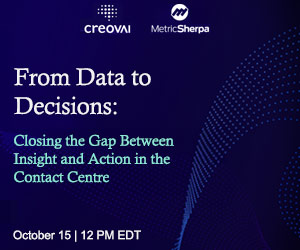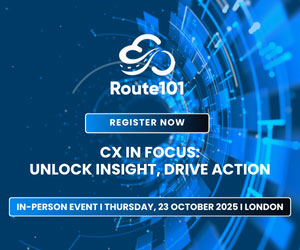Ryan Pellet answers 3 of the most frequently asked questions on combining speech and predictive analytics.
1. Why is speech important to predictive analytics?
Predictive analytics models require vast amounts of data from multiple sources to deliver predictions of future events based on past examples. The more information that can be fed into the machine learning model, the more precise it becomes.
Speech data is a particularly rich source of information, because it conveys what’s on the mind of the customer in words and emotion. Combining these insights with the other source data adds context to form a more robust predictive model.
2. Why is it important that my company use insights gathered from 100% of our voice data in predictive analytics modelling?
The old saying “garbage in, garbage out” applies here.
If you feed a predictive analytics model with incomplete or inaccurate data, then the basis for its predictions will be skewed – and you won’t receive reliable, actionable information.
If your speech analytics solution can’t scale to investigate 100% of your customer calls, then you can’t quantify the speech data that is helping form the basis for your predictive modelling.
Outlying customer events not captured in call samples can hold game-changing information that can severely handicap the viability of your predictive model.
3. How do the insights gained from predictive analytics get applied into an organisation’s day-to-day operations?

Ryan Pellet
In a variety of ways – from real-time agent support to realigning operational issues that are negatively affecting customer satisfaction. For example, a leading communications corporation used predictive analytics to forecast customer churn.
Now they can respond in real time to caller issues that indicate imminent cancellation by providing their agents with on-screen guidance when churn-associated events are identified during a call.
Predictive analytics findings have helped them improve ongoing business operations too, by showing them other opportunities for improving the customer experience that they can prioritise and implement over time.
These questions were asked by the attendees of a recent Nexidia webinar. You can see the replay here.
With thanks to Ryan Pellet at Nexidia
Author: Megan Jones
Published On: 12th Nov 2014 - Last modified: 12th Dec 2018
Read more about - Archived Content, Nexidia




























